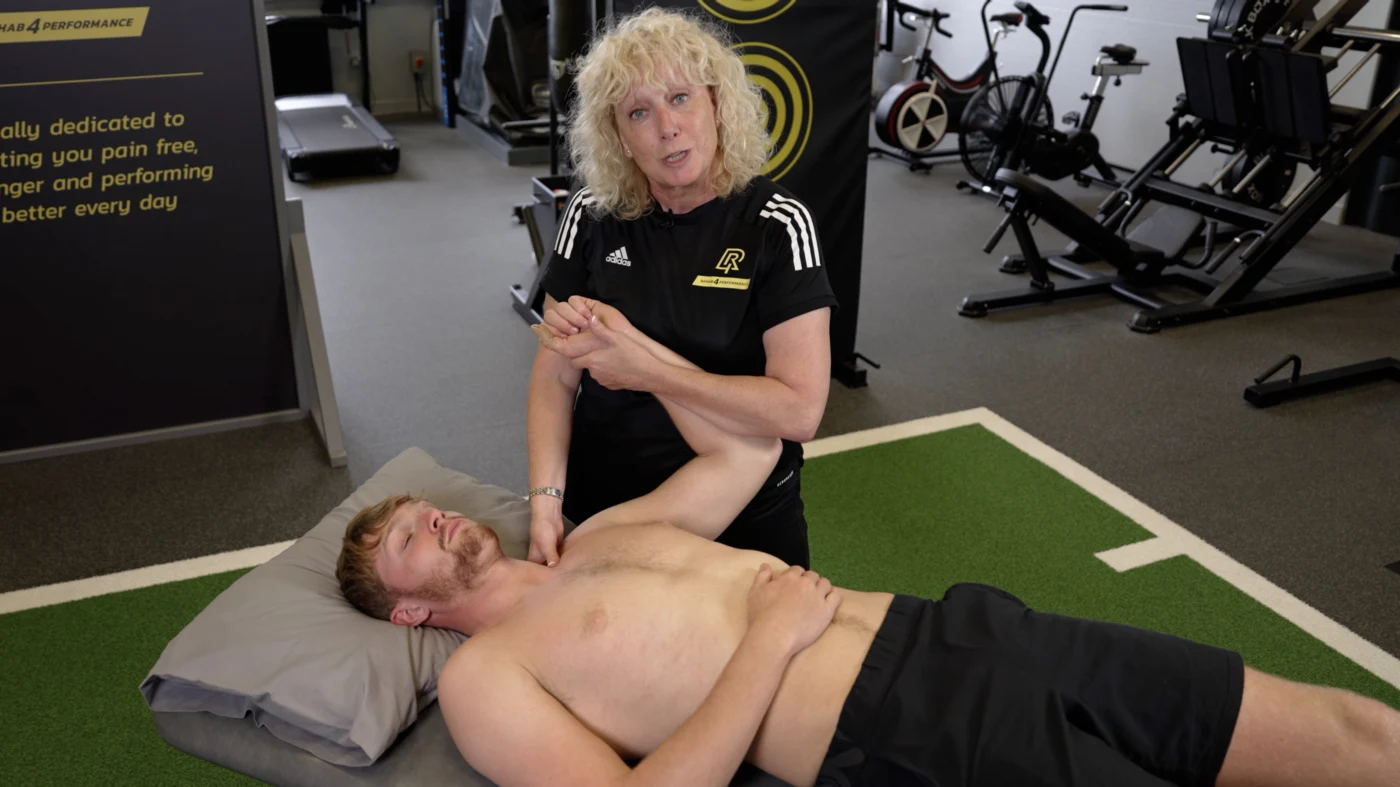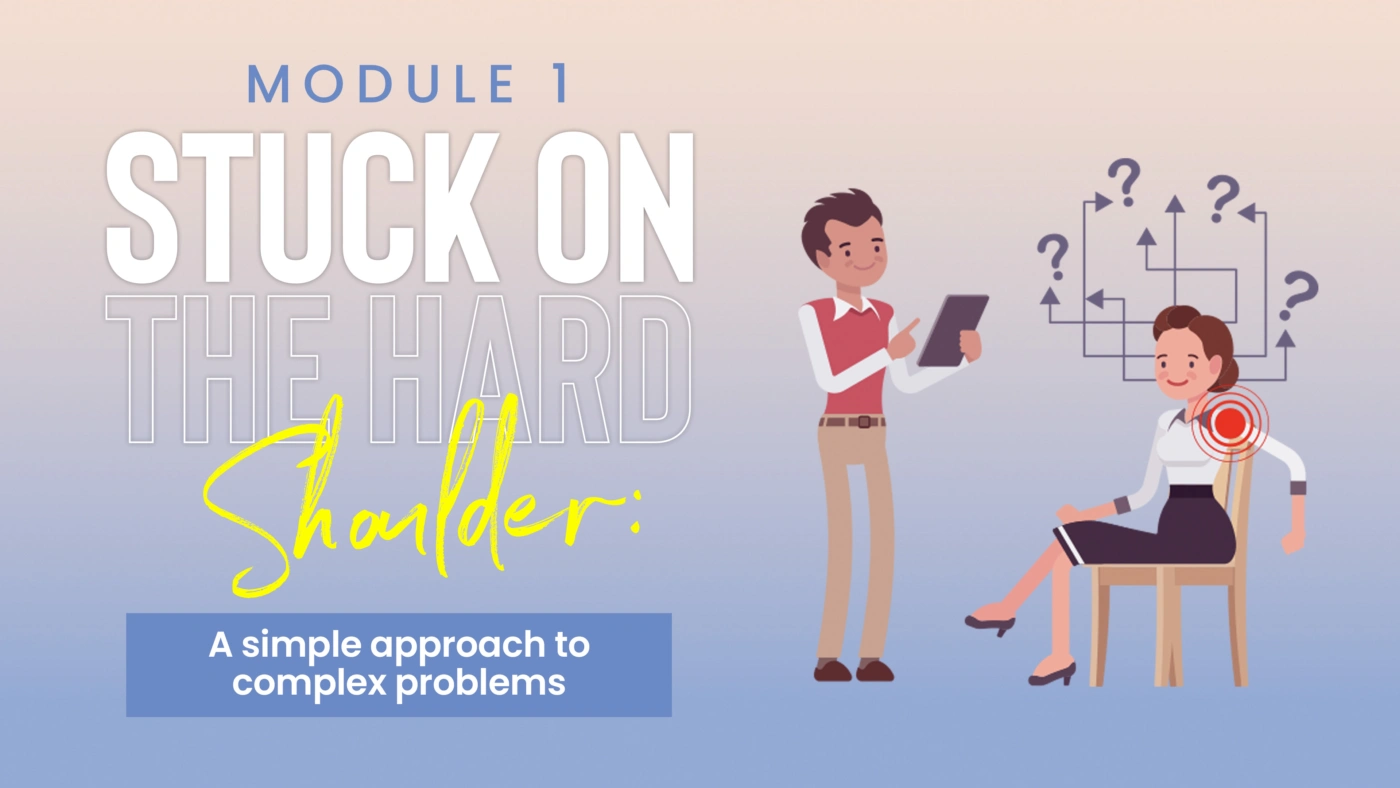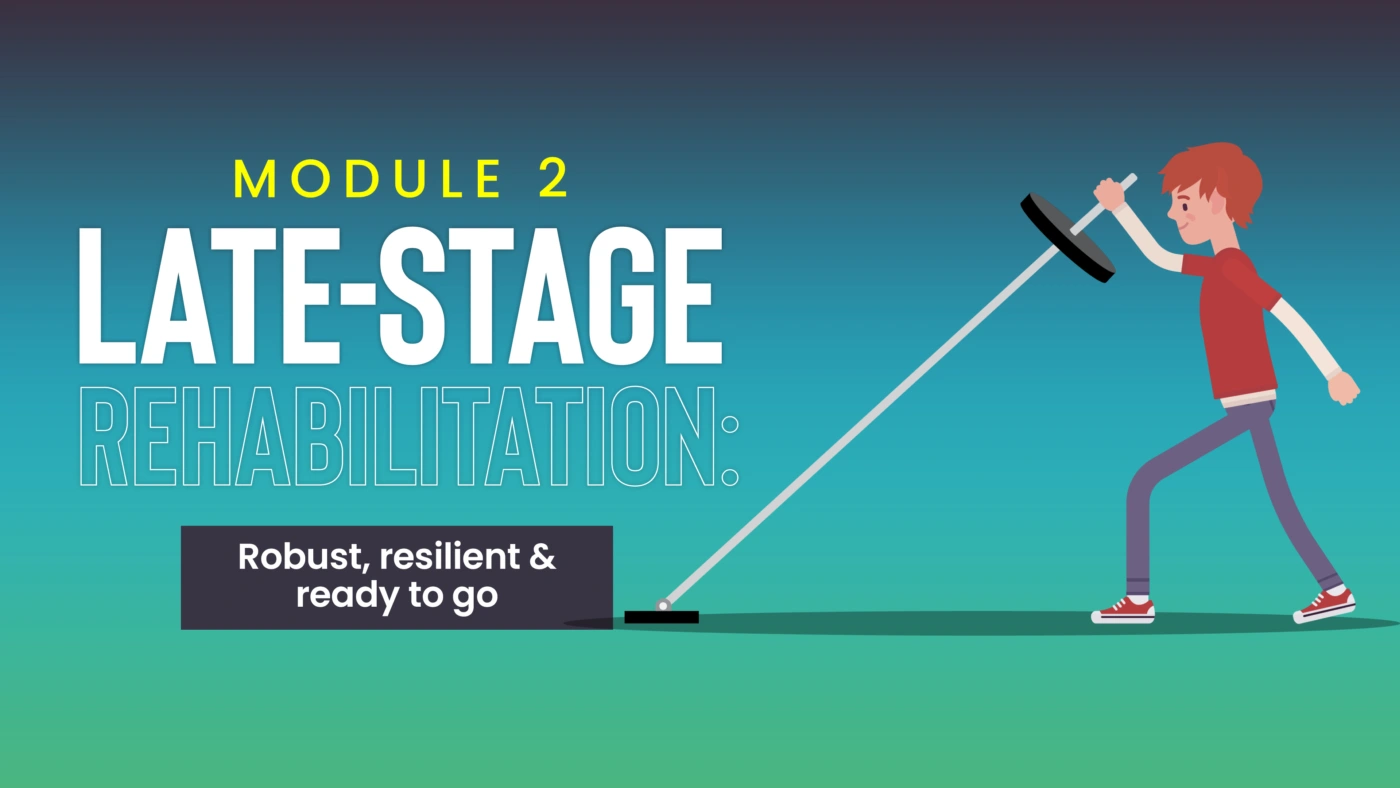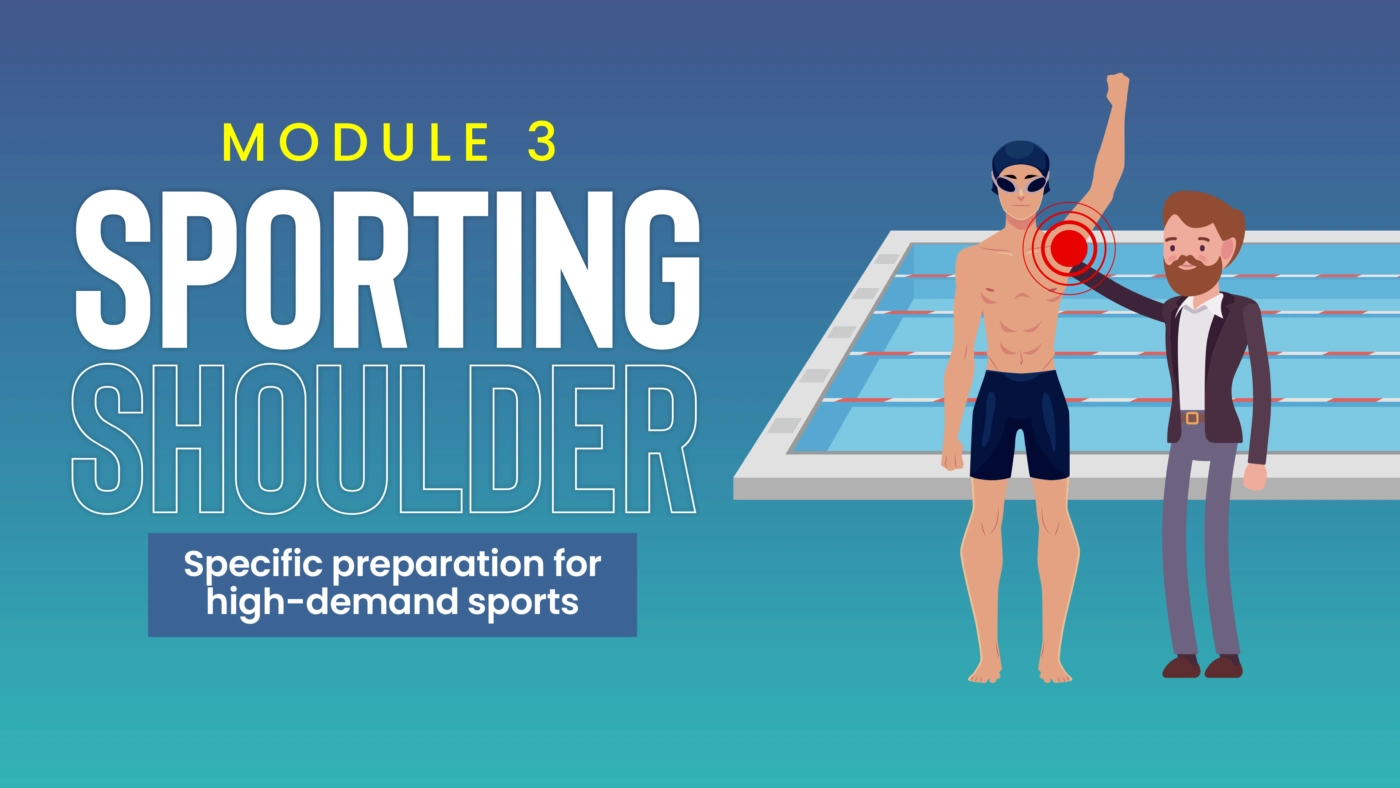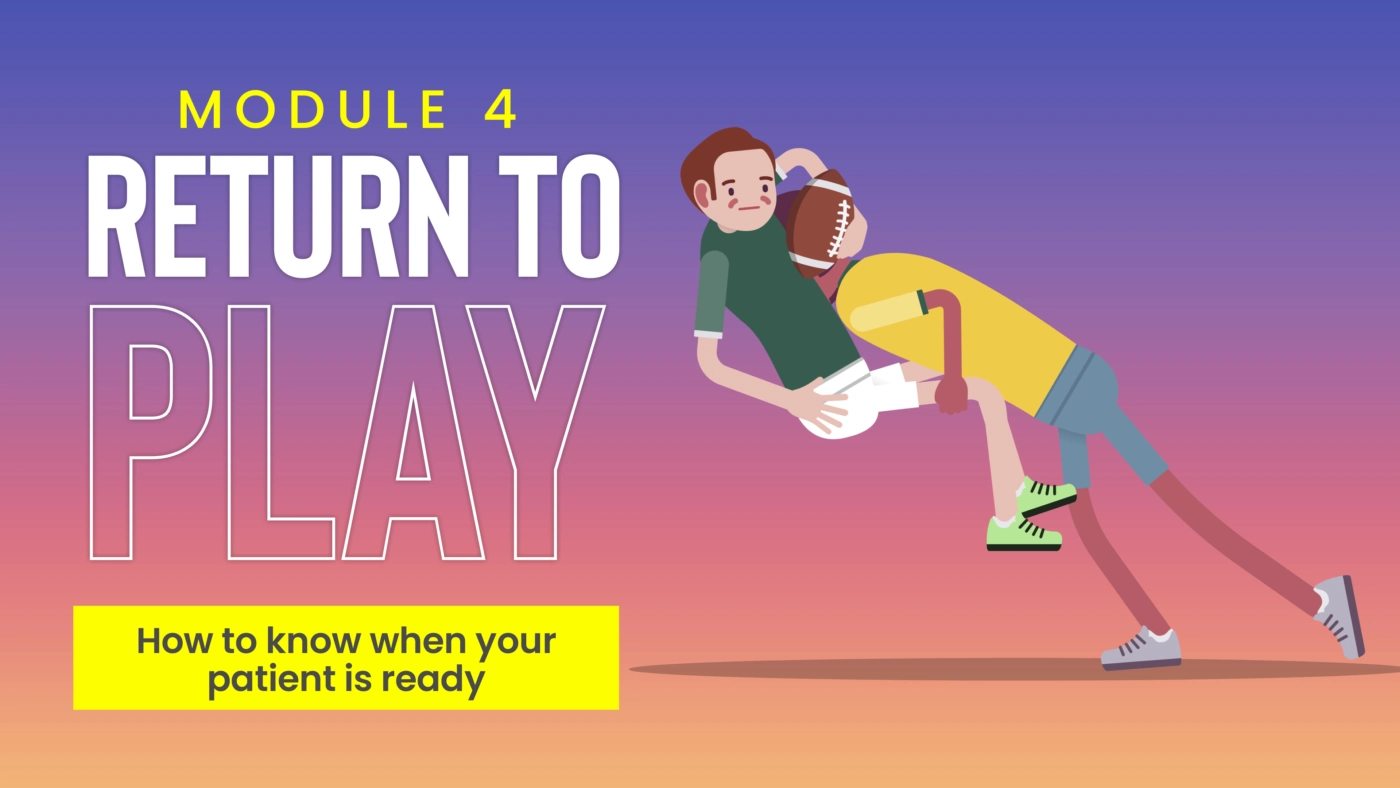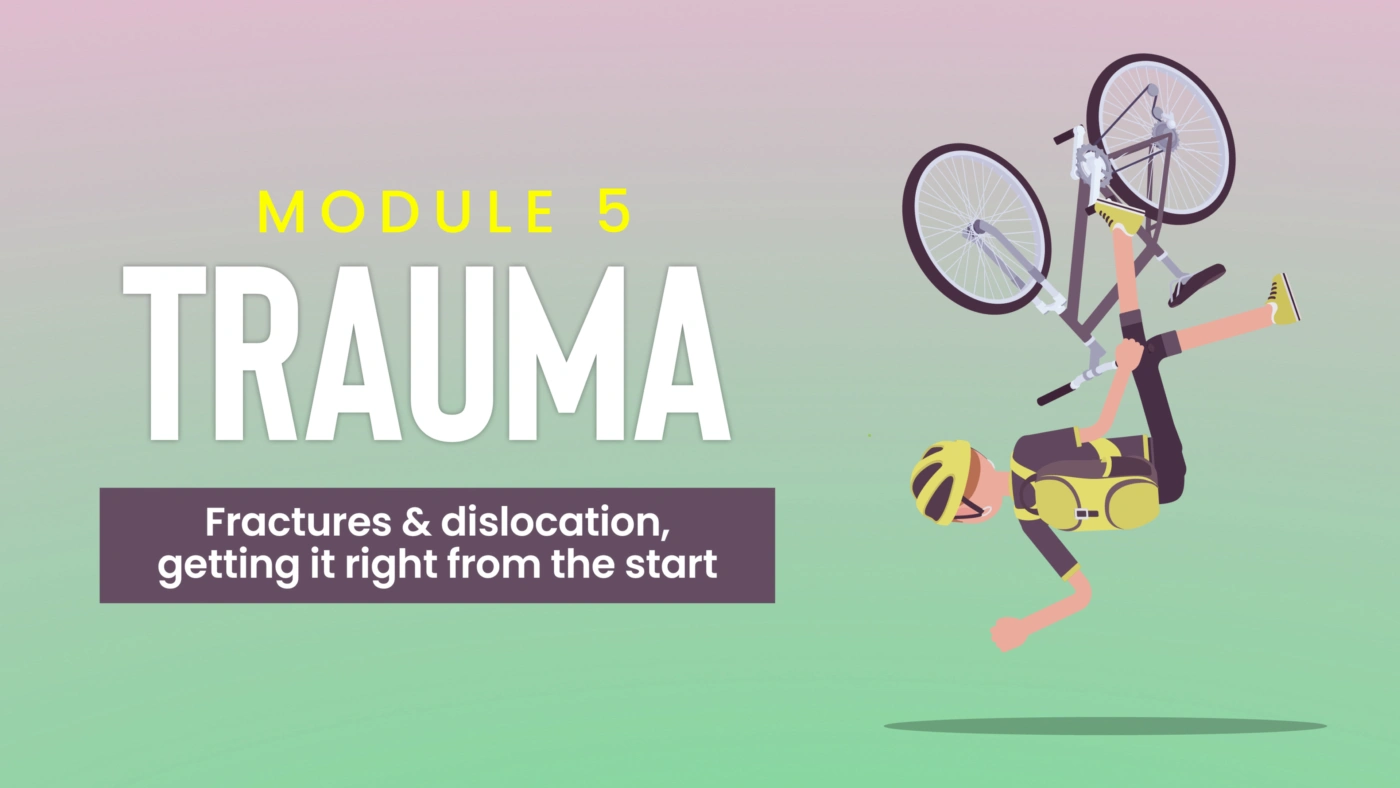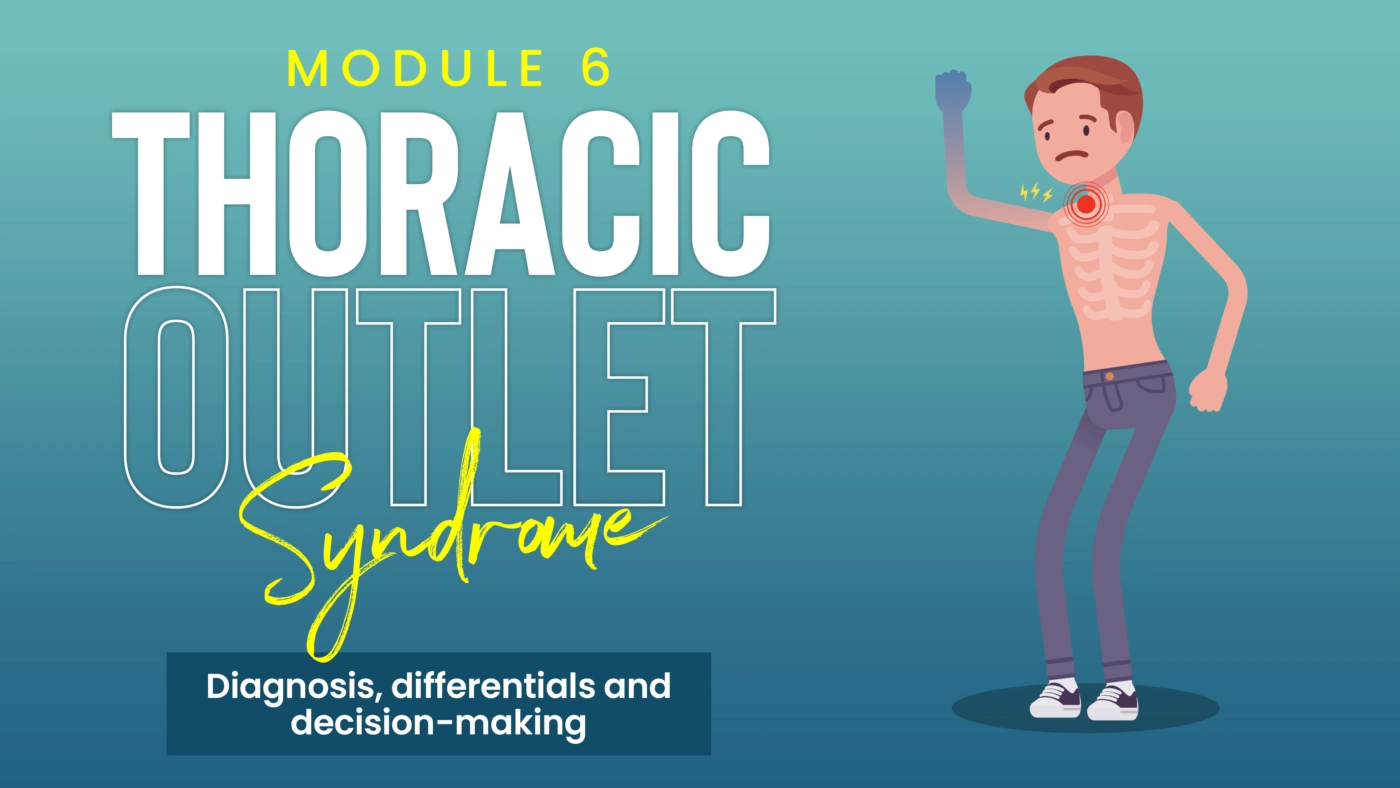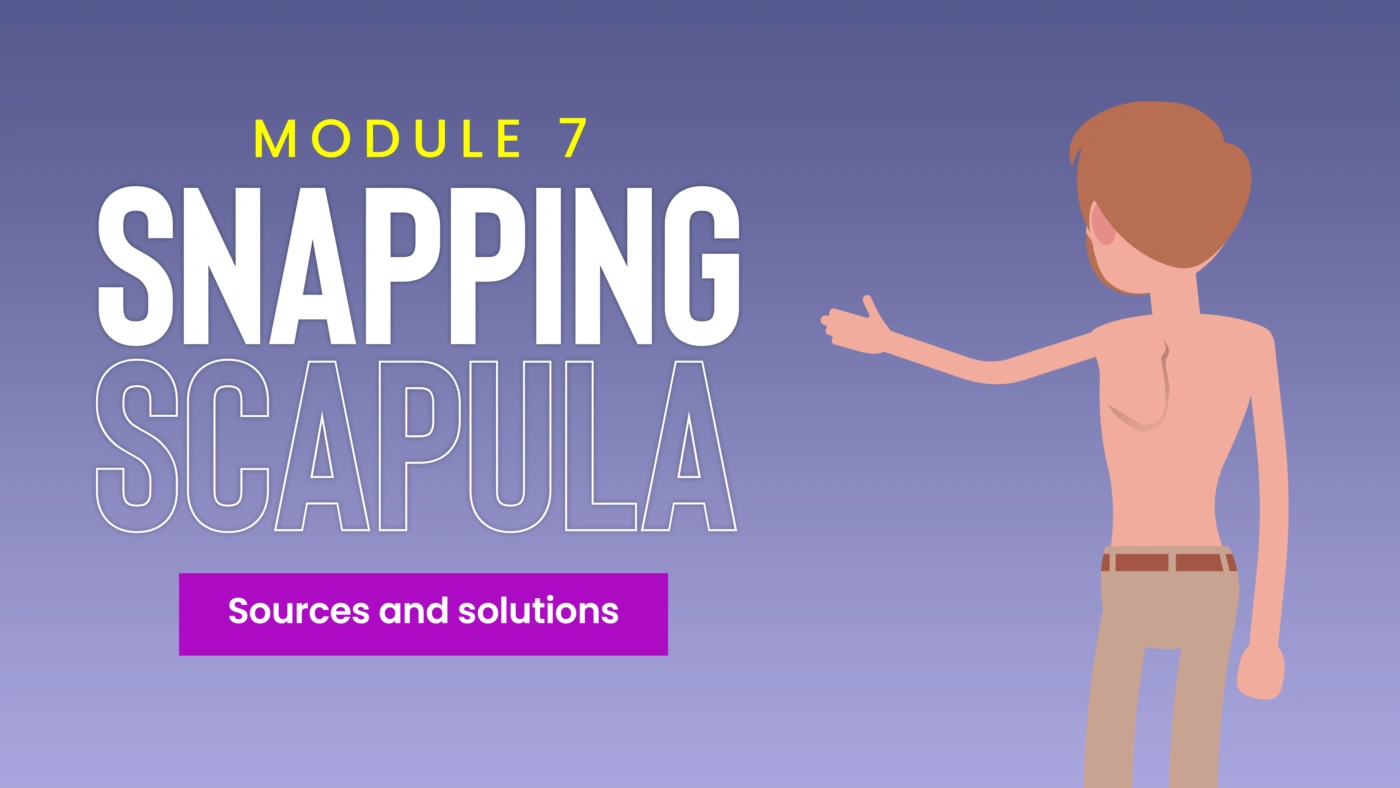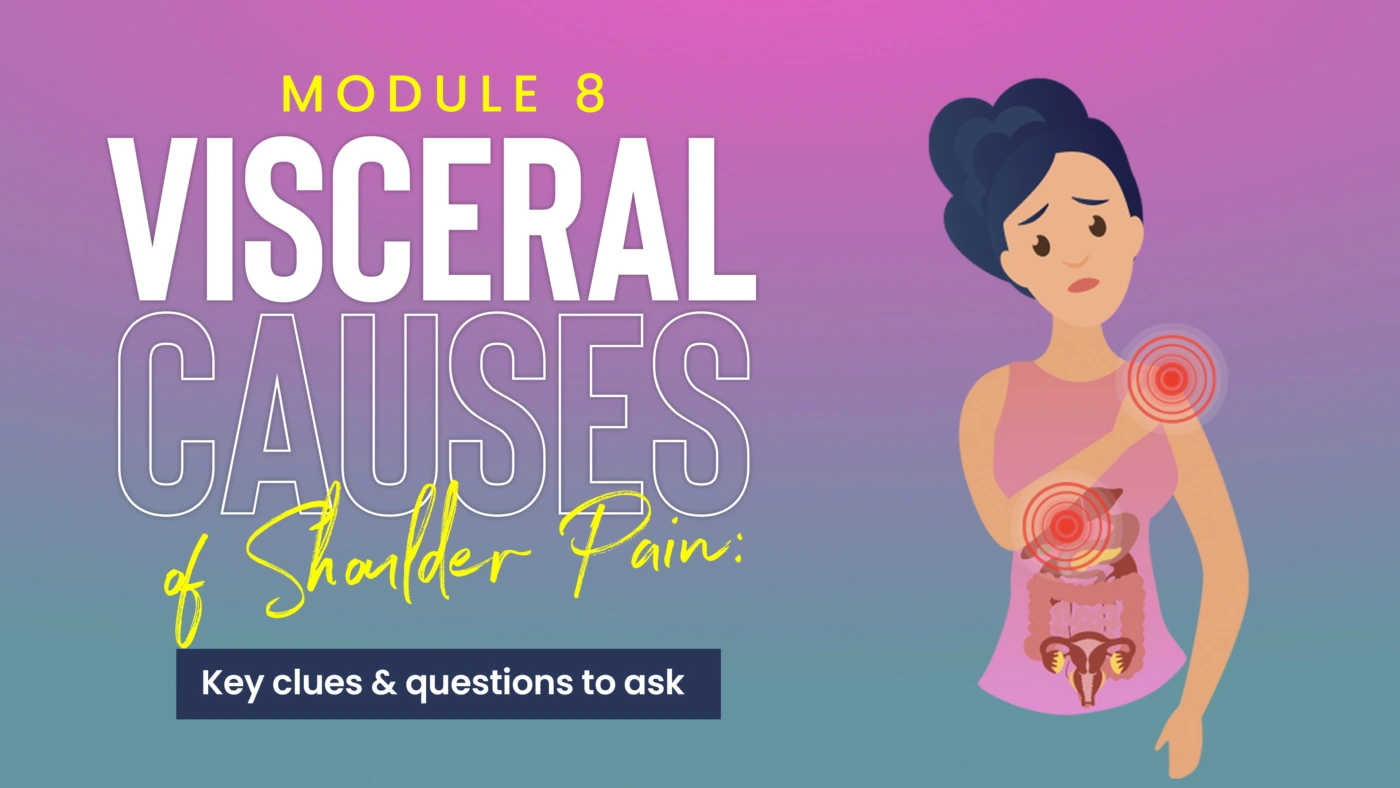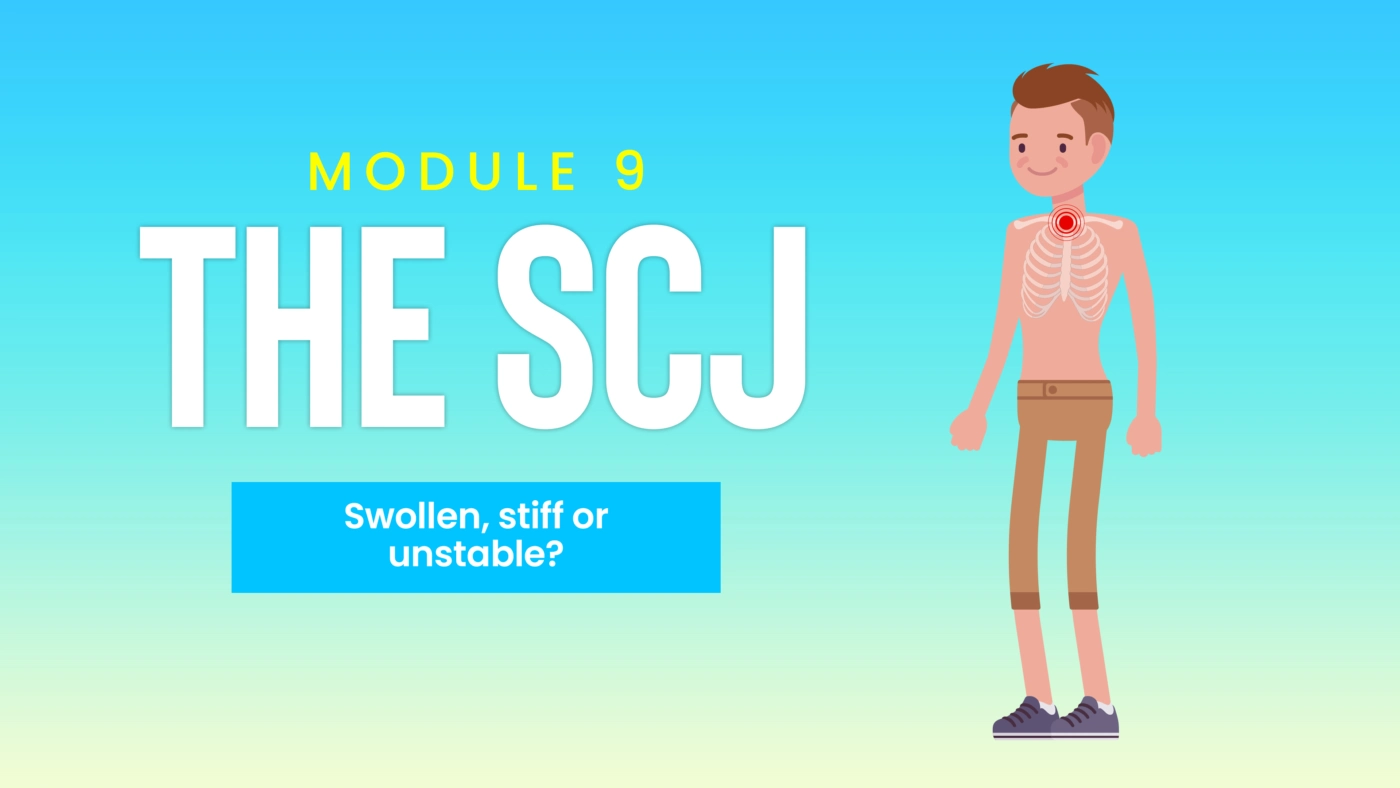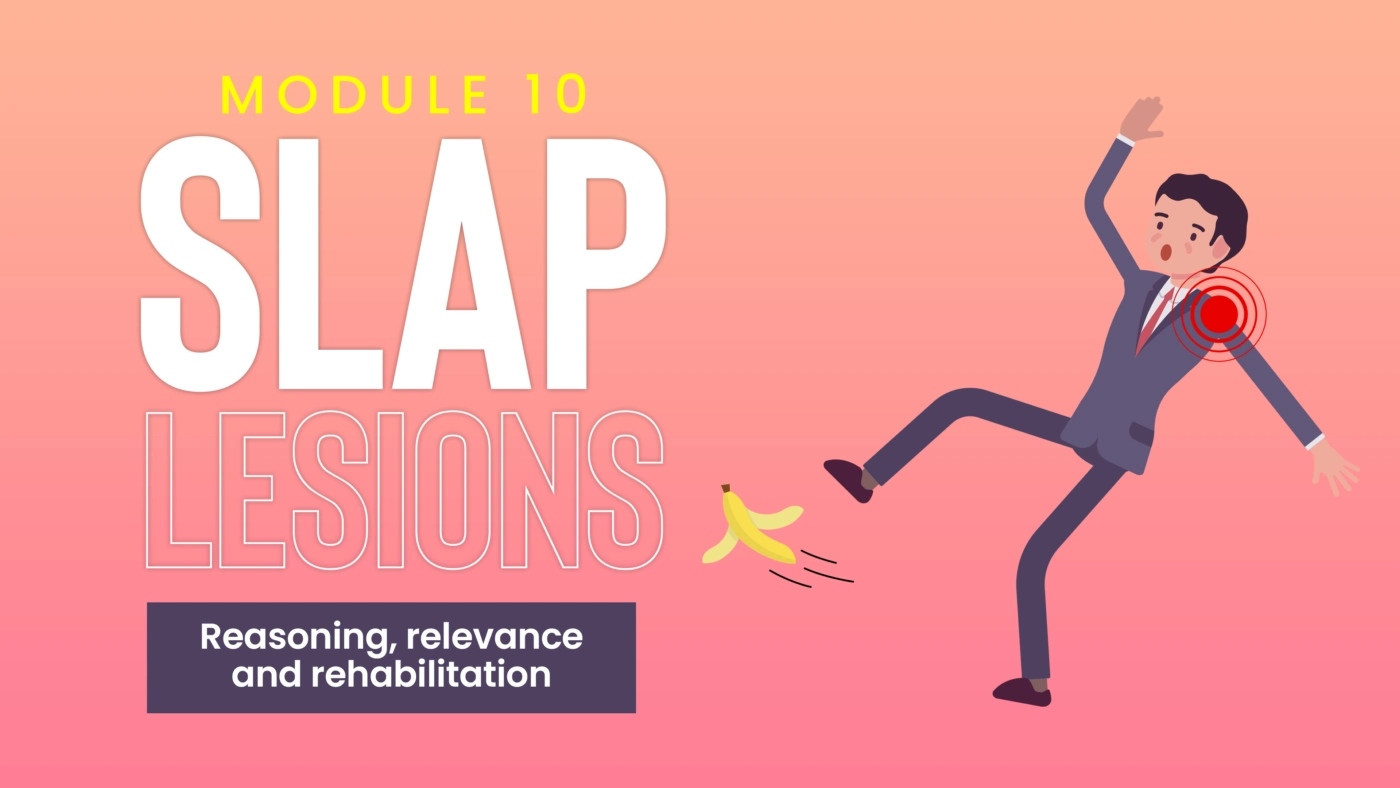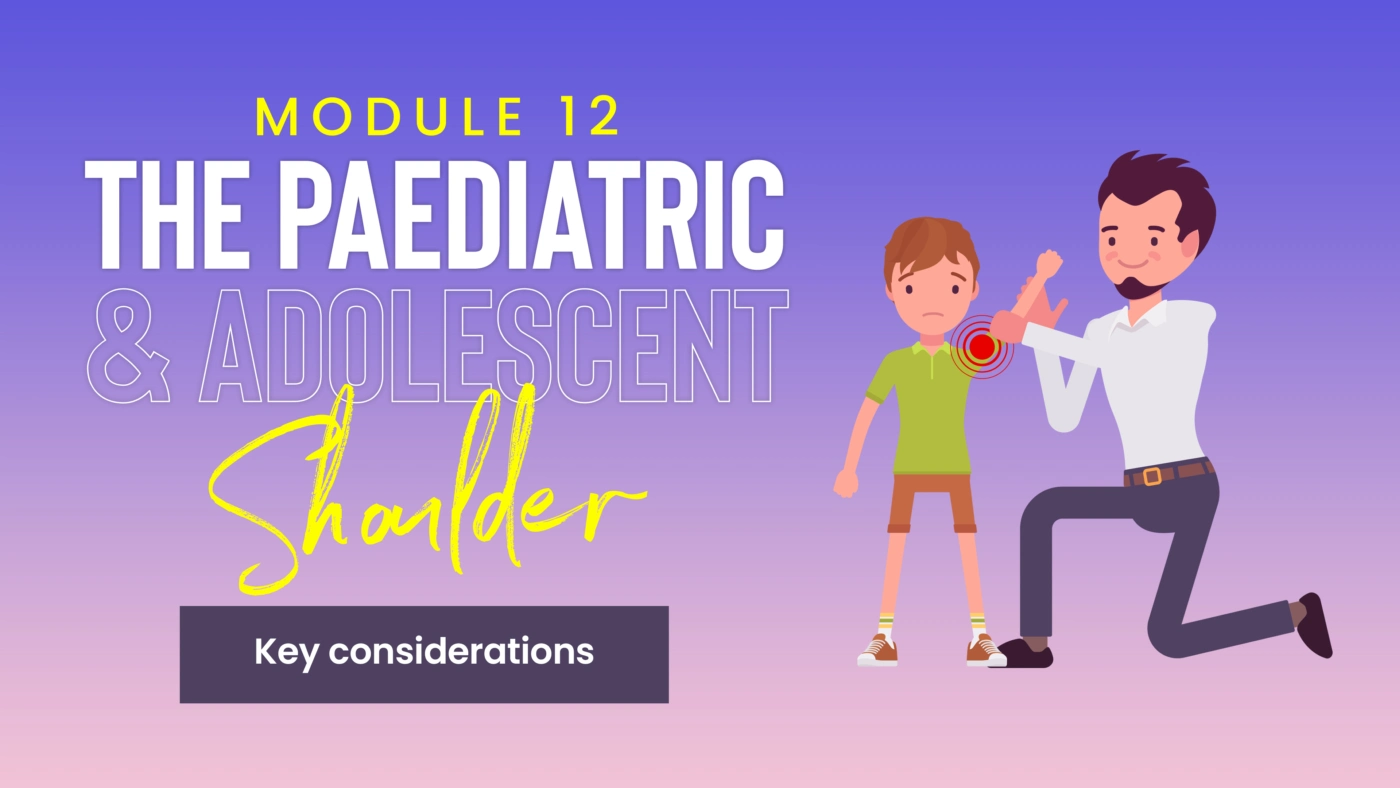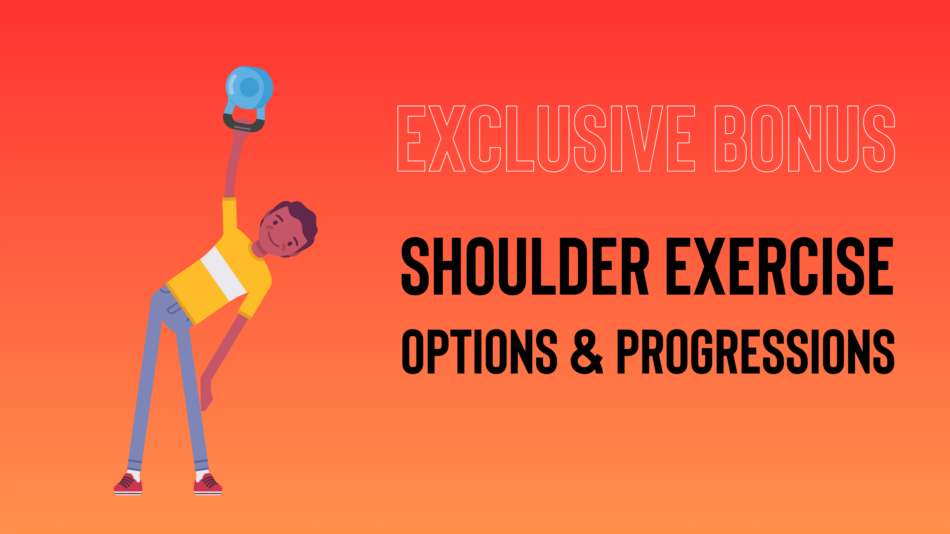What’s included in the exercise reference booklet?
✅ Warm-up & activation / foundational open-chain work
Efficient warm-up exercises that establish good foundations, and prepare your patients for higher loads or performance training. These exercises are based on symptom modification principles from the Shoulder: Steps to Success online course.
✅ Foundational exercises
- Scapula/thoracic bias
- Posterior cuff bias
- Closed-chain/compression-based foundations
Target each of these areas with exercise options and progressions depending on your patients condition and goals.
✅ Posterior cuff exercises
Essential for patients who haven’t passed the prone cuff/capacity test. Includes:
- Supported positions
- Inner range work
- Long lever and isometric variations
- Kinetic chain-integrated and combination elevation/rotation exercises
✅ Eccentric loading strategies
Progressions to improve strength, hypertrophy, and power through targeted eccentric work across multiple planes.
✅ Inner range strength exercises
Perfect for patients needing end-range strength (e.g. swimmers, CrossFitters, overhead lifters).
✅ Anterior cuff strengthening
Concentric, eccentric, inner range, isometric, supported, and long/short lever variations.
✅ Deceleration control
Targeted strategies for athletes like throwers and lifters to improve control during load acceptance and high-speed tasks.
✅ Kinetic chain integration
Suitable for many patients and athletes, including those with thoracic outlet syndrome, cervical spine involvement, patients with balance deficits (e.g. older adults at risk of falling), or patients who perform whole body tasks such as throwing, tackling, or lifting boxes overhead.
✅ Closed kinetic chain progressions
Progress shoulder stability, control, and load tolerance in closed-chain positions.
✅ Neuromuscular & sensorimotor training
Coordination, reactive control, and power exercises that challenge the entire sensorimotor system.
✅ Power & rate of force development (RFD)
From entry-level plyometric drills to high-performance variations and explosive medicine ball work.
✅ Instability & graded exposure work
Progressive loading strategies to help patients adapt to instability and improve confidence with dynamic tasks.
⸻
This booklet gives you the structure, clarity, and flexibility to deliver evidence-informed, high-value shoulder rehab—whether your patient is just starting out or returning to high-level performance.
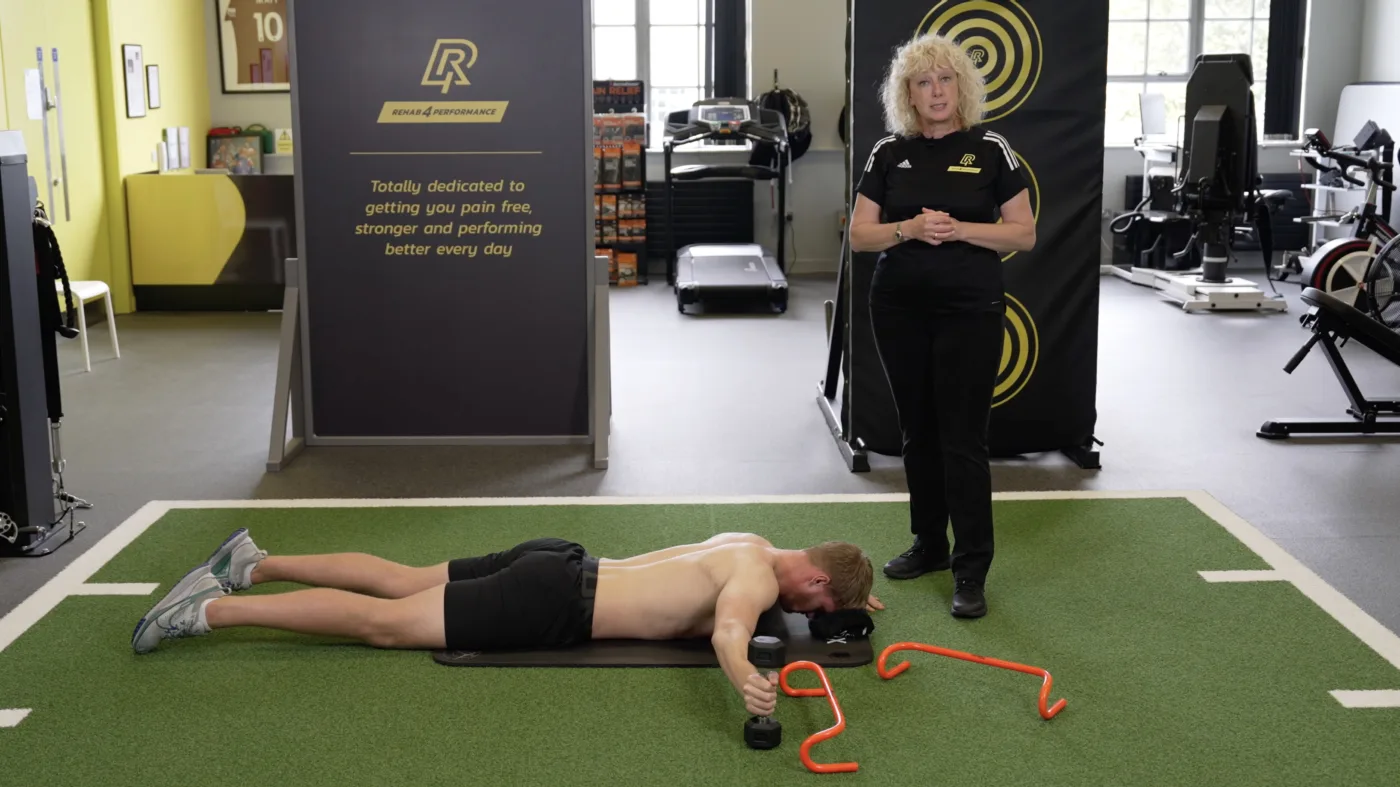
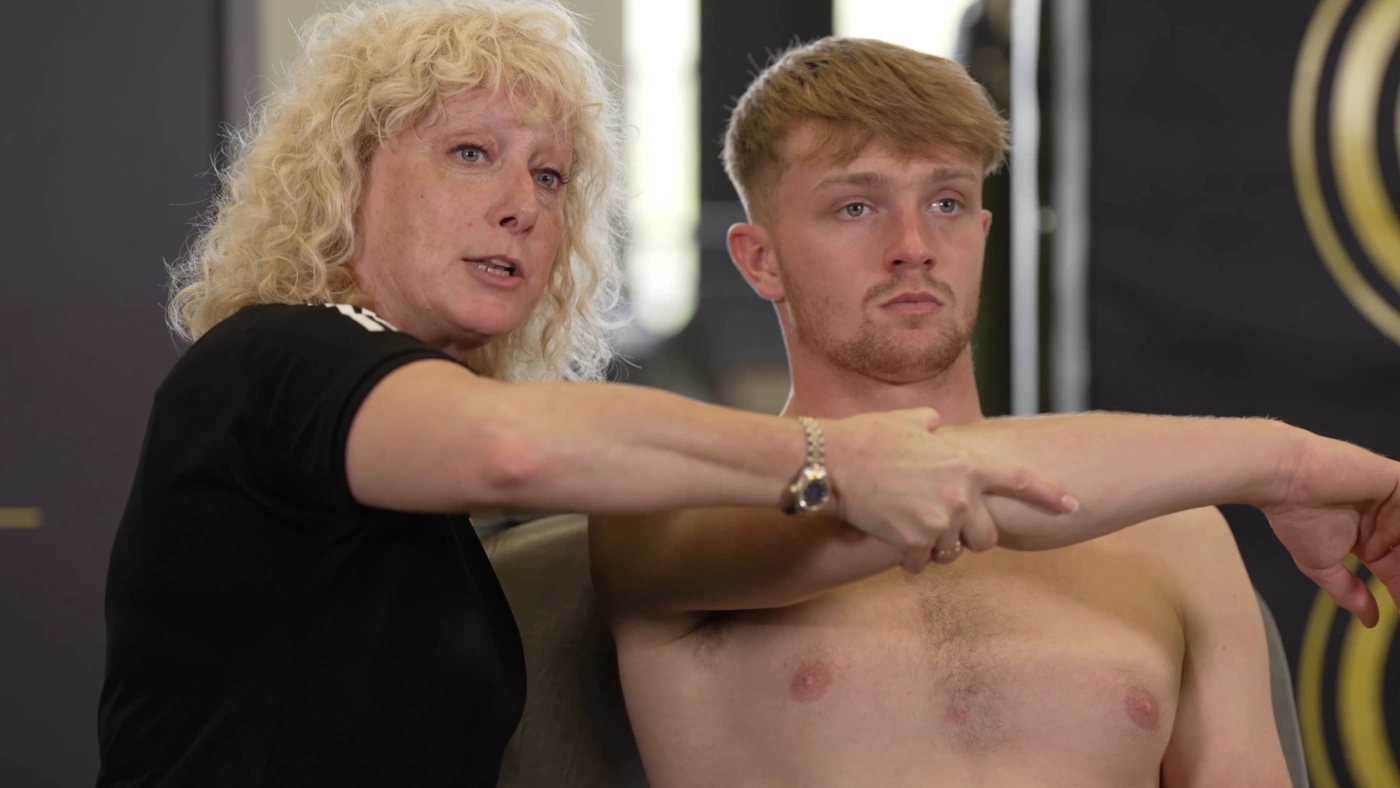
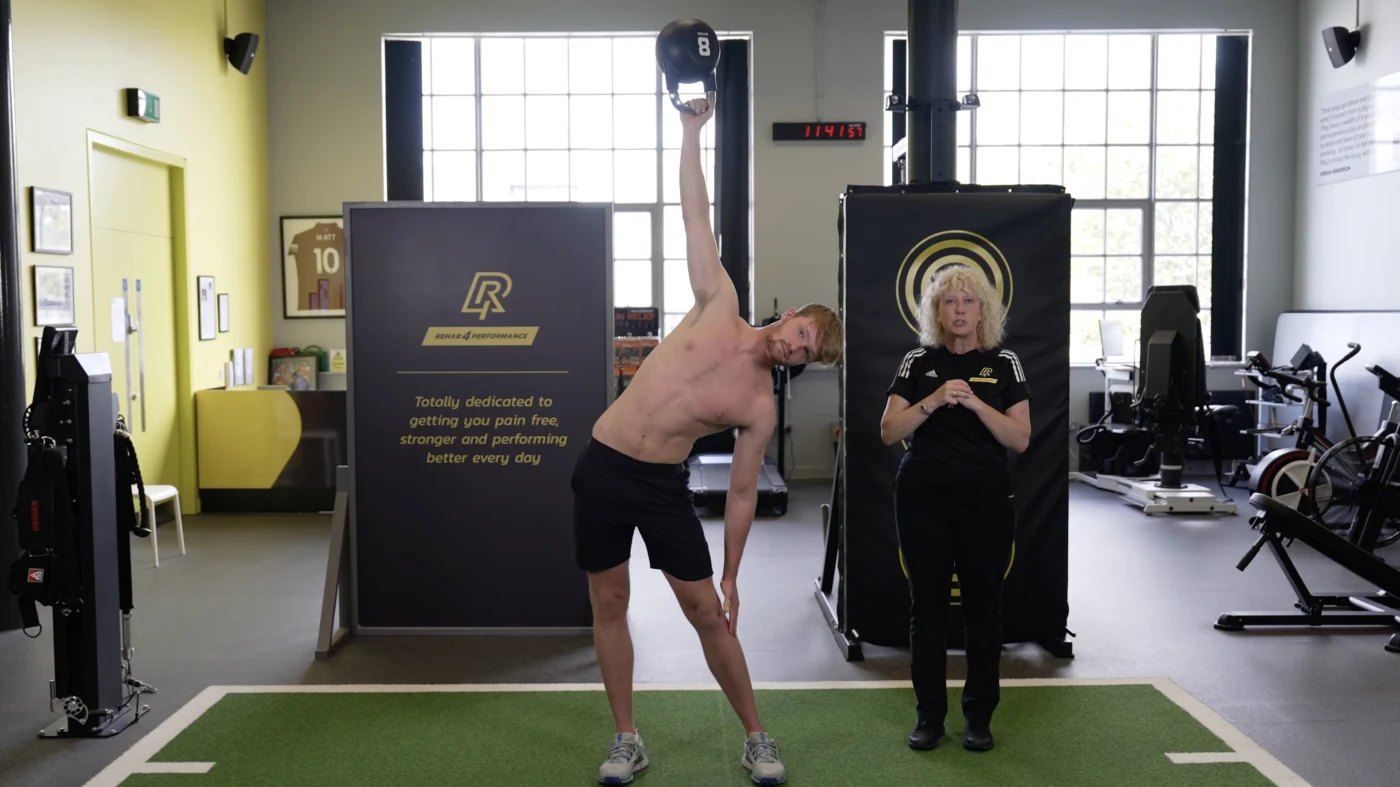
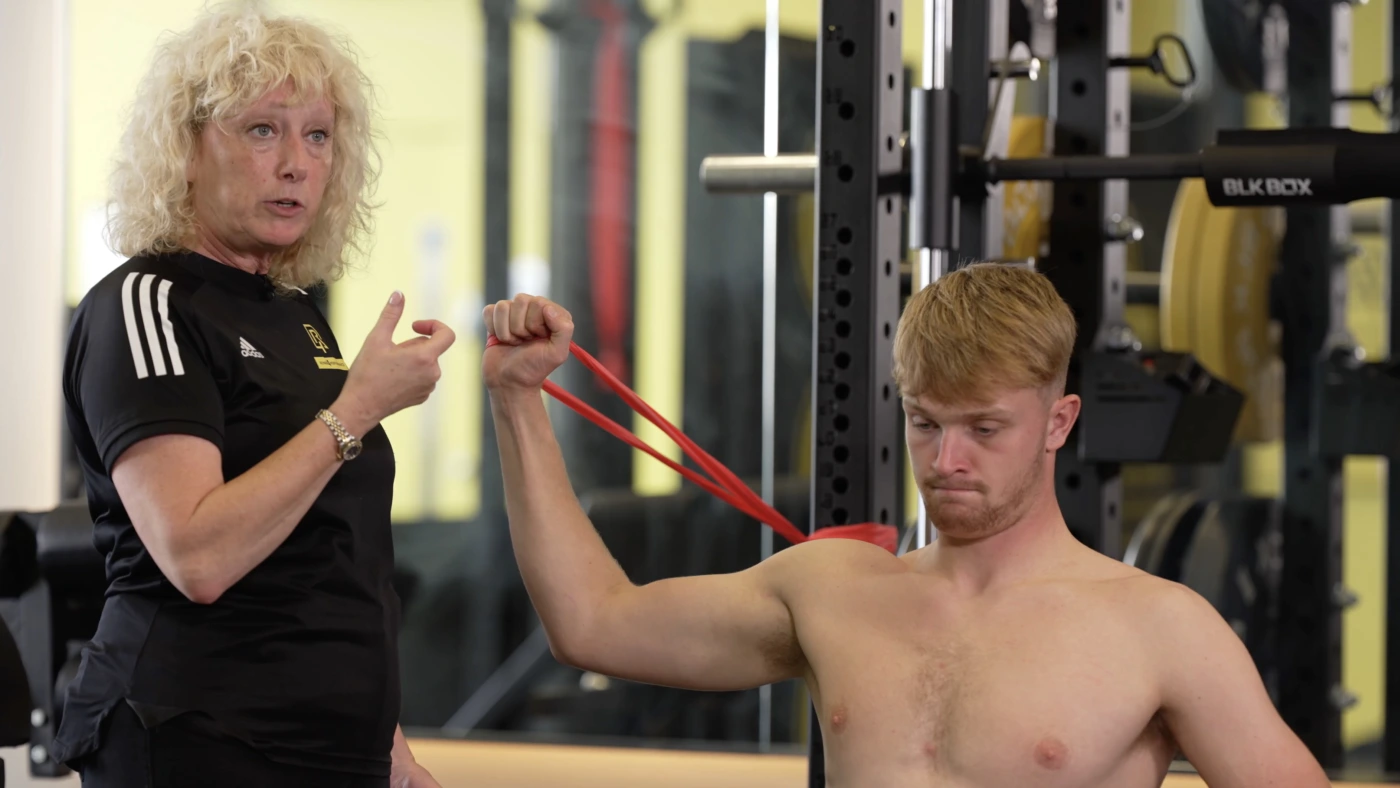
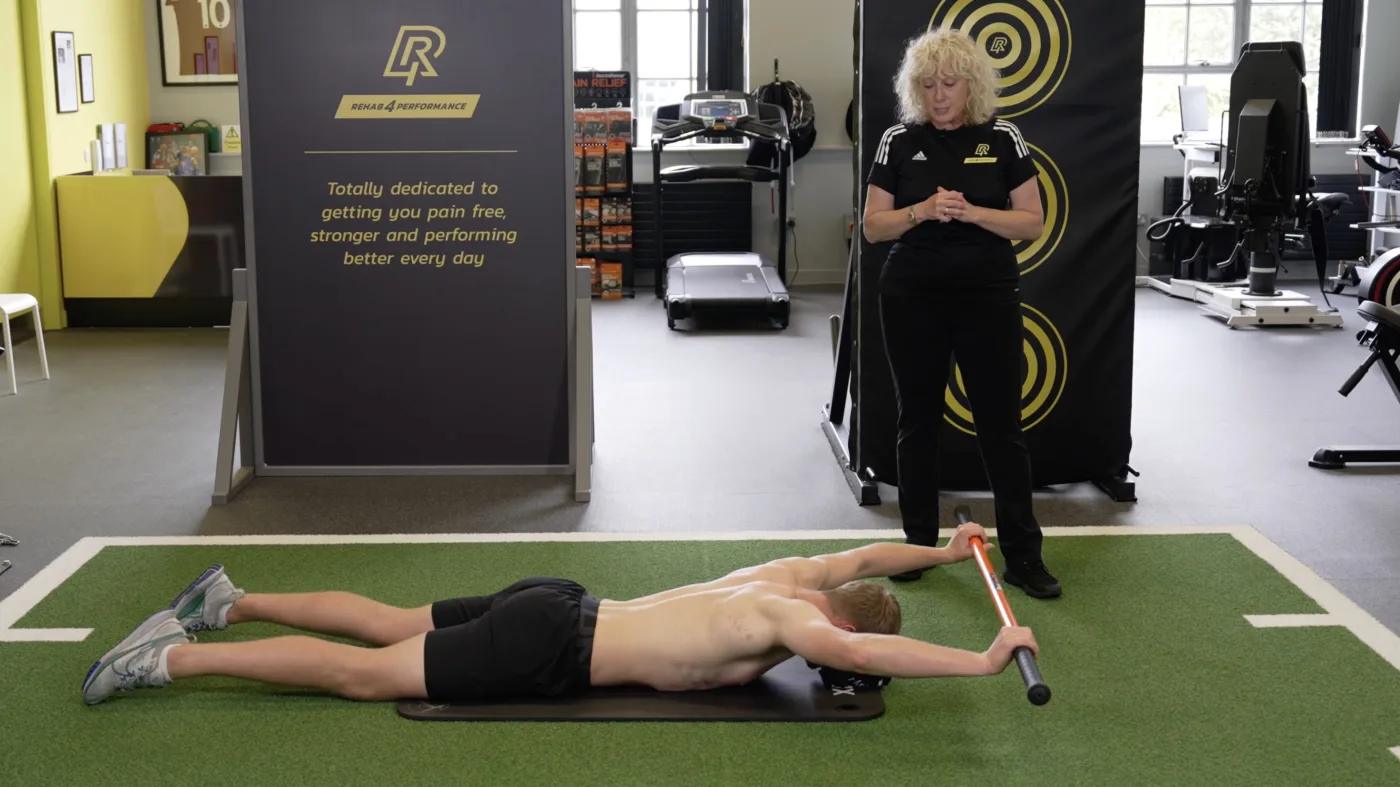
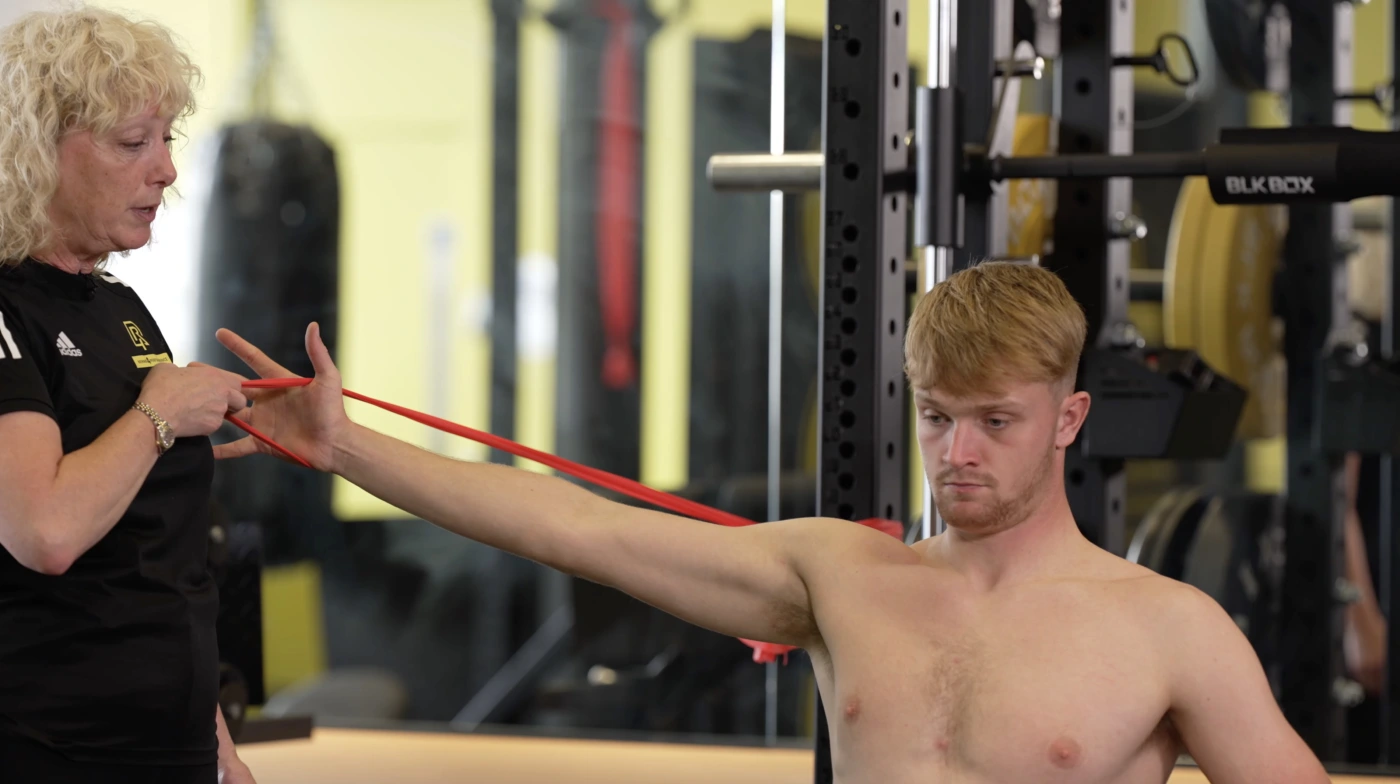 .
. 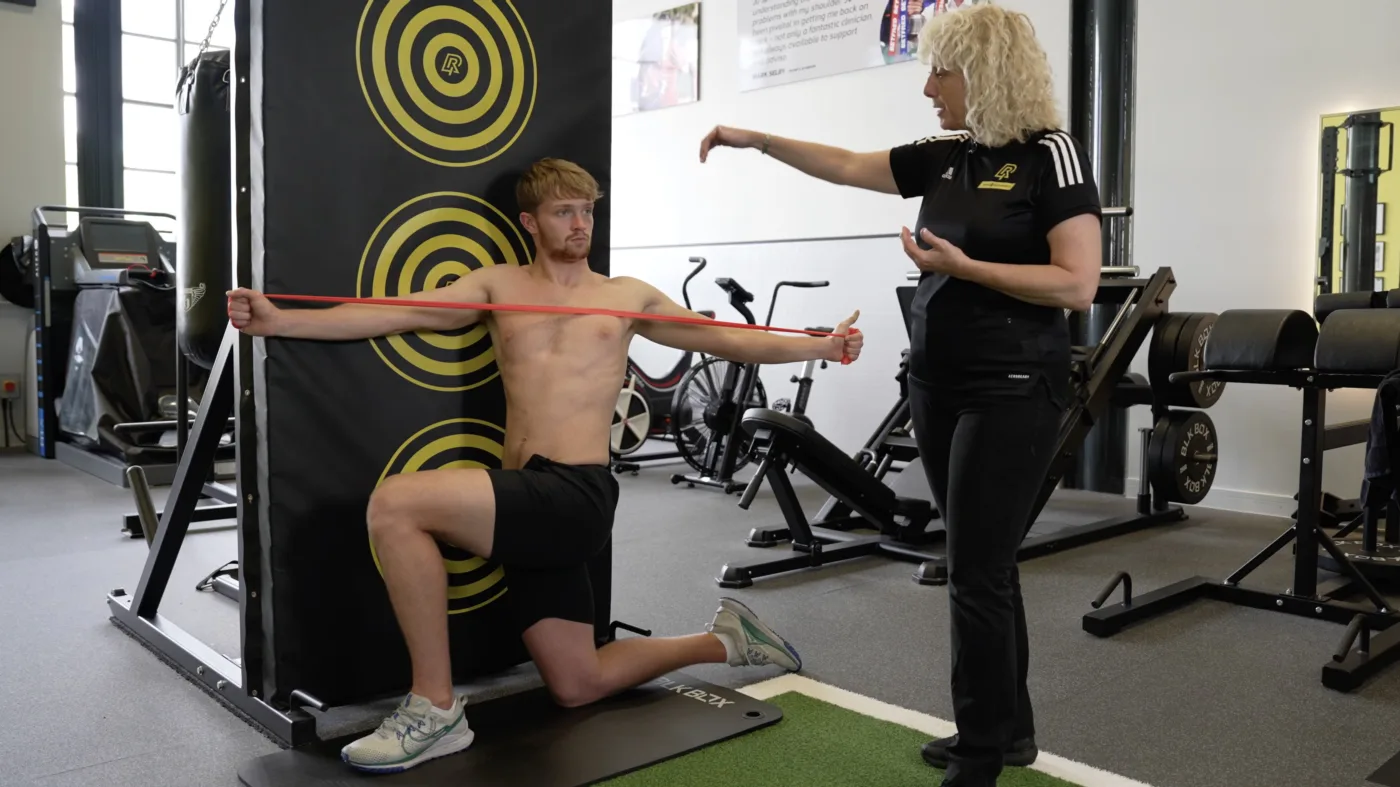
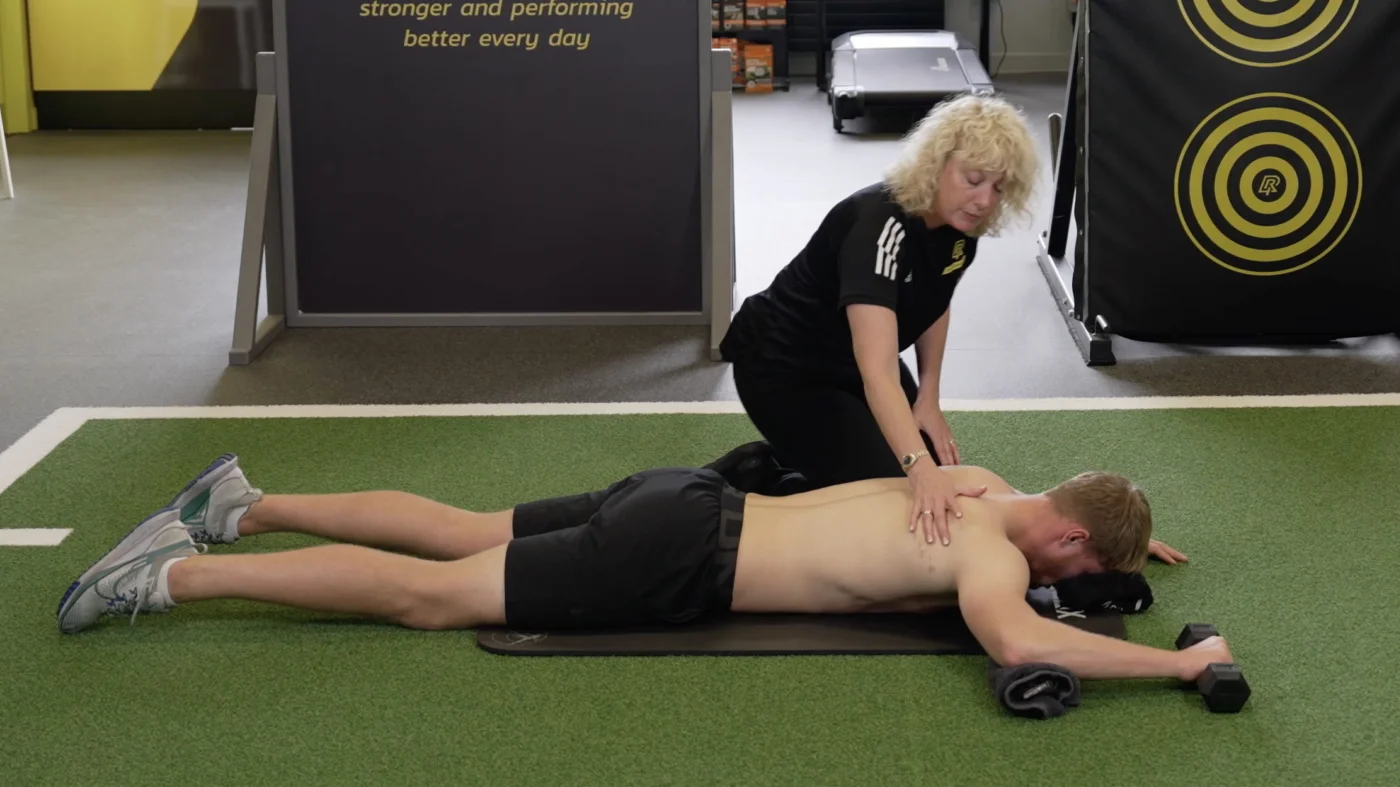 .
. 